What Causes Low Voltage in a Circuit? (Factors and Fixes)
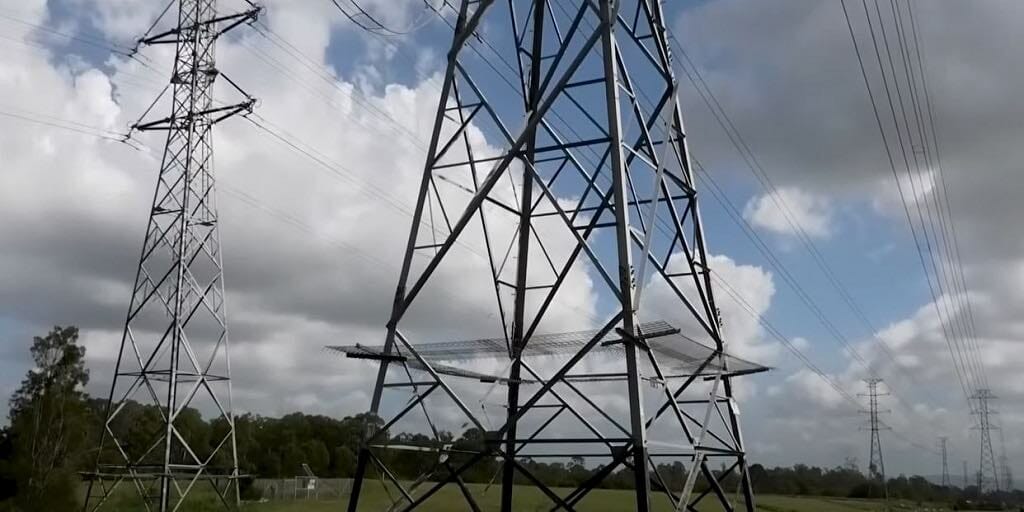
Low voltage circuits can lead to many issues, such as dimming lights, poor appliance performance, and even sudden stopping of lights. Over time, this low voltage can damage your electrical appliances.
It is vital to understand what causes these low-voltage electrical circuits, and you should also know how to fix the issues that cause them.
Top Factors Summary
| Factors | Explanation | Commonness | Fixes |
|---|---|---|---|
| Old Wiring and Corrosion | Old circuit wiring cannot handle the same amperage as it used to. These old wires will carry a low current than normal. Corrosion increases resistance in the circuit, causing a voltage drop. | High | Replace old wiring and corroded circuits. |
| Poor Wire Connections | Poor wire connections impede the flow of current, which causes a voltage drop. | Medium | Ensure proper connections by tightening loose wires, replacing corroded wires or connectors, and checking the junction box for damage. |
| Weak Insulation | Thin insulation cannot absorb the voltage gradient of wire conductors, leading to a low-voltage situation throughout the circuit. | Low | Use wires with thicker insulation, particularly when using high voltages. |
| Electrical Overload | Overloads are a common cause of low-voltage circuits. Increased power demand causes a voltage drop in some circuits, leading to dimming lights and poor appliance performance. | High | Reduce the number of appliances or lights that are running simultaneously. Use a separate circuit for high-power appliances. |
| Distance From the Main Power Plant | When your house is far from the power plant or the generator, the wire resistance increases, leading to a higher voltage drop and low-voltage issues. | Low | Use larger gauge wire, particularly when using high voltages. Additionally, use a voltage regulator to maintain a stable voltage. |
| Imbalanced Load | An imbalanced load can cause a voltage drop. Redistributing or adding loads to the lighter phases, installing phase-balancing equipment or a voltage regulator, and maintaining a stable voltage are ways to prevent low voltage due to imbalanced loads. | Medium | Redistribute loads or add additional loads to the lighter phases. Install phase-balancing equipment or a voltage regulator to maintain a stable voltage. |
| Resistance | Resistance in the circuit can cause a drop in voltage as current flows through the circuit. The greater the resistance, the greater the voltage drop. | High | Reduce resistance by using thicker wires, ensuring proper connections, and using shorter wires. |
| Length of wire | The length of the wire in the circuit can also contribute to a voltage drop. The longer the wire, the greater the voltage drop. This is because the resistance of the wire increases with length. | High | Use shorter wires or use larger gauge wires. |
| Faulty connections | Loose or corroded connections in the circuit can cause a voltage drop. This is because the resistance of the connection increases, which reduces the flow of current and voltage. | High | Tighten loose wires, replace corroded wires or connectors, and check the junction box for damage. |
| Overloaded circuit | An overloaded circuit can cause low voltage. The voltage may drop below the required level if the circuit draws too much current. | High | Reduce the number of appliances or lights that are running simultaneously. Use a separate circuit for high-power appliances. |
I’ll go into each of these in more detail below.
Factors that Can Cause Low Voltage Circuits
Here are the most common causes of low voltage at your house or office.
Old Wiring and Corrosion
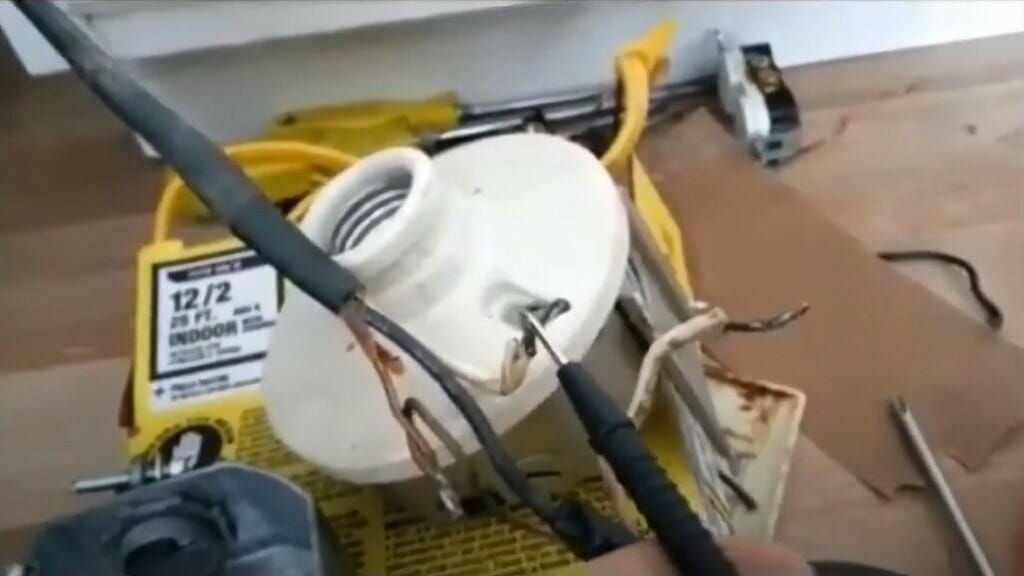
This is the main cause of the low voltage circuit. Every circuit gets old with time, and this mainly affects the wiring. Old circuit wiring cannot handle the same amperage as it used to. These old wires will carry a low current than normal. That means the circuit will have less voltage.
For this low-voltage issue, corrosion is the main factor. When the wires and circuits get corroded, the voltage drop will increase due to higher resistance in the circuit.
If you have difficulty grasping this concept, the following formula explains.
According to Ohm’s Law,
V = IR
- V = Voltage
- I = Current
- R = Resistance
As you can see from the above formula, the voltage drop increases automatically when the resistance increases. Hence, the circuit experiences low voltage issues.
Poor Wire Connections
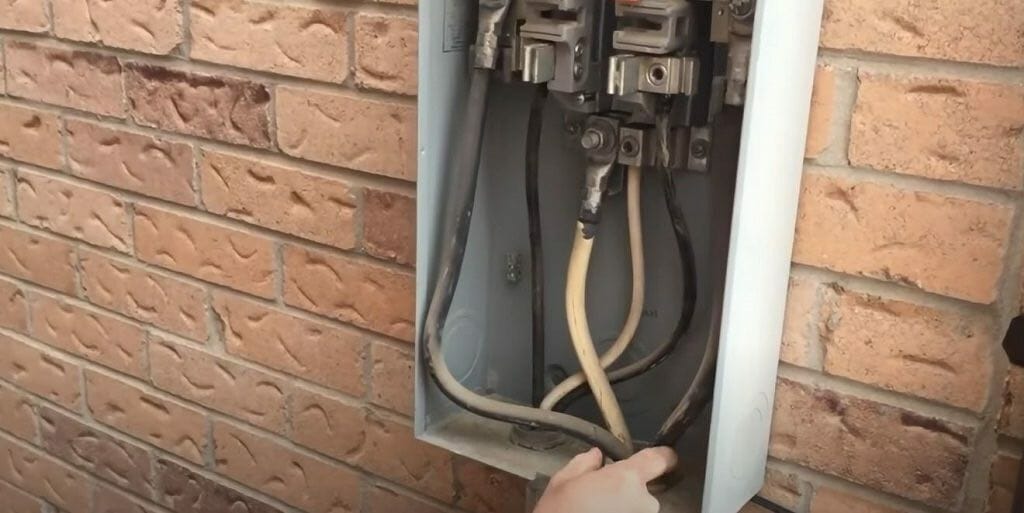
If the circuit has a poor wire connection, it will cause low voltage issues. When the wires are not connected properly, the current won’t be able to flow freely. And this could start a low-voltage situation at your house or office.
Weak Insulation
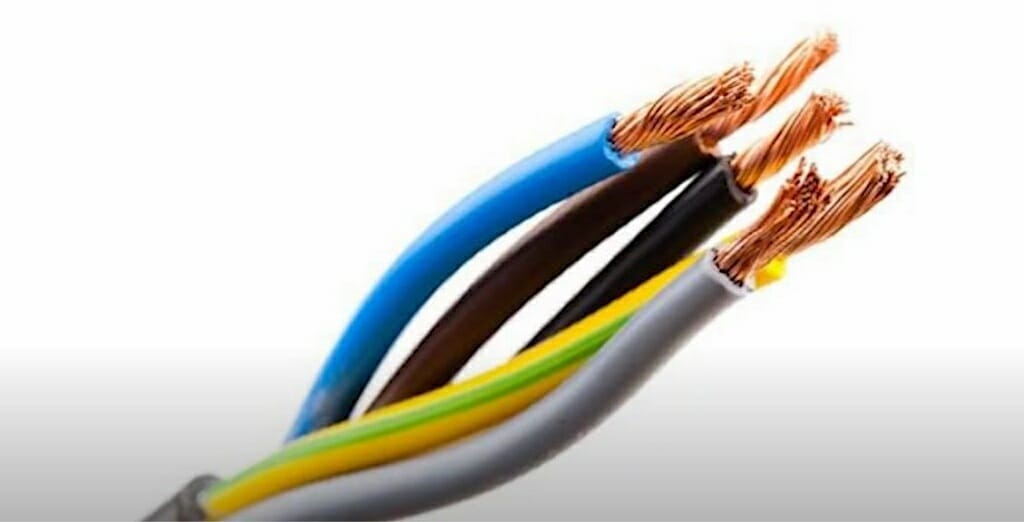
Most people don’t realize it, but wire insulation plays a major role in low-voltage circuits. When the wire conductor transport electricity, a voltage gradient will be created alongside the wire conductor insulation, and the wire insulation should be able to absorb this voltage gradient.
However, this won’t happen when the insulation is thin. Hence, low voltage will occur throughout the circuit.
That is why you should always choose wires with thicker insulation if you are using high voltages.
Electrical Overload
Overloads are a common cause of low-voltage circuits. For instance, the electricity demand will increase at night, given that you might run lots of light fixtures and appliances simultaneously. This high demand will cause a voltage drop in some circuits. And you might experience dimming lights and poor performance in appliances.
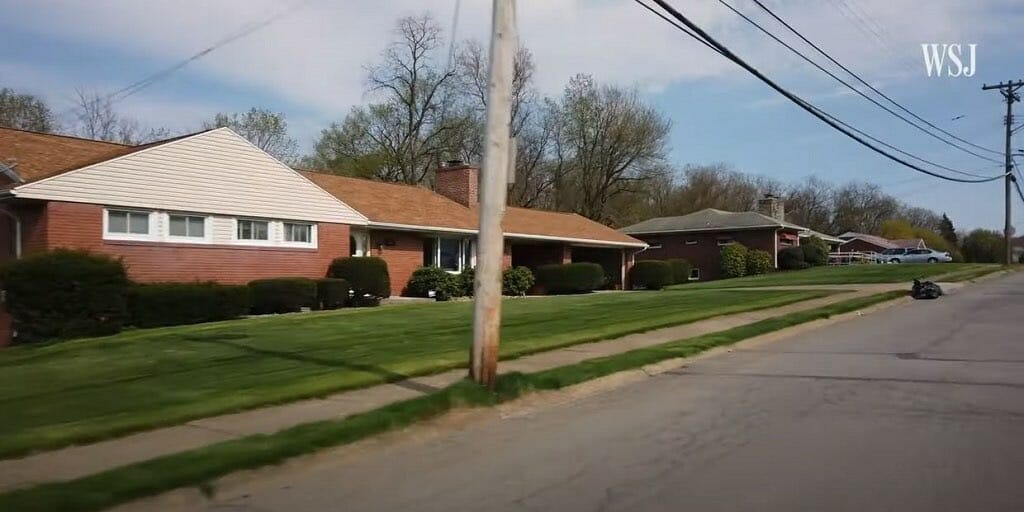
Power demand increases due to factors such as hot/cold weather, large power-hungry machines, and the neighborhood in which you live. For instance, if you live in a neighborhood with higher power demand, you might experience low voltage issues regularly.
Distance From the Main Power Plant or the Generator
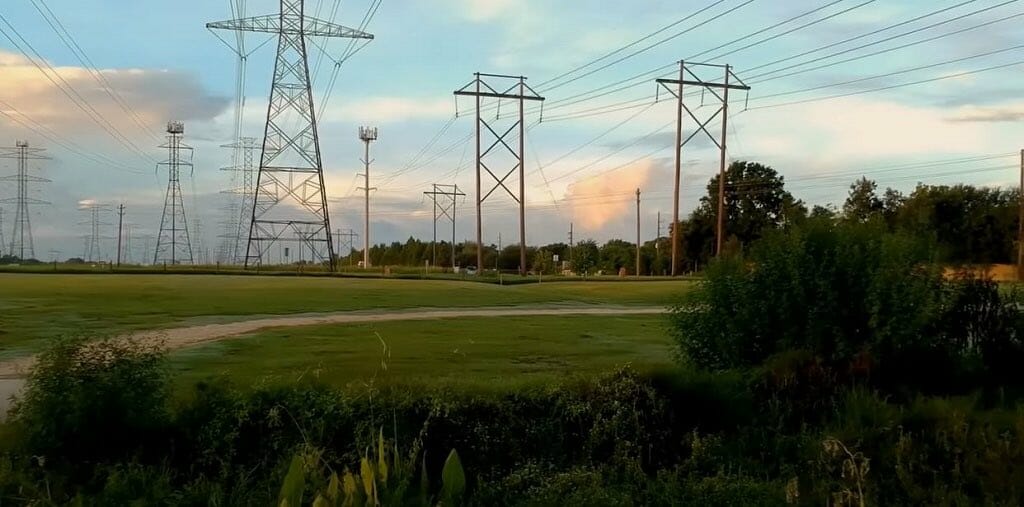
The distance can cause low voltage issues for your home’s electrical system. For instance, if your house is far from the main power plant or the generator, you might experience low voltage issues.
When an electrical wire carries a current from starting point to the endpoint, the current faces lots of resistance throughout this journey. This resistance gets increase according to the length and diameter of the wire.
R = pl/a
- R = Resistance
- p = Resistivity (constant)
- l = length of the wire
- a = Cross-sectional area of the wire
Hence, when the wire’s length increases, the wire’s resistance increases.
As you already know from Ohm’s Law, the voltage drop will increase when the resistance is high.
That means when your house is far from the power plant or the generator, you might experience a higher voltage drop, leading to low voltage issues. This situation happens most often in spread-out rural areas.
Imbalanced Load
In a perfect world, all three phases would be equal in voltage and current, but if the loads on the phases aren’t balanced, an imbalance can lead to a drop in voltage.
The loads on the phases affect the amount of current flowing through each phase, so if one phase has a heavier load than the others, it’ll draw more current, which can cause the voltage on that phase to drop. That makes sense. That’s because the voltage drop across the impedance of the line is proportional to the current flowing through it.
But that’s not all, folks. An imbalanced load can also cause the generator or transformer supplying the power to become overloaded on the phase with the heavier load, which can also cause a voltage drop. This can lead to increased heating and wear on the equipment and reduced efficiency. Not good.
So, how can we prevent low voltage due to imbalanced loads? Well, it’s all about balancing the loads on the three phases as much as possible. That means redistributing the loads or adding additional loads to the lighter phases. Sometimes, you might need to install phase-balancing equipment or a voltage regulator to maintain a stable voltage. It’s all about keeping that power flowing smoothly, folks.
Other Factors
| Factors | Explanation | Commonness |
|---|---|---|
| Resistance | Resistance in the circuit can cause a drop in voltage as current flows through the circuit. This is known as voltage drop. The greater the resistance, the greater the voltage drop. | Common |
| Length of wire | The length of the wire in the circuit can also contribute to a voltage drop. The longer the wire, the greater the voltage drop. This is because the resistance of the wire increases with length. | Common |
| Faulty connections | Loose or corroded connections in the circuit can cause a voltage drop. This is because the resistance of the connection increases, which reduces the flow of current and voltage. | Common |
| Overloaded circuit | An overloaded circuit can cause low voltage. The voltage may drop below the required level if the circuit draws too much current. | Common |
| Temperature | Temperature can affect the resistance of the components in the circuit, which can cause a voltage drop. As the temperature increases, the resistance of the components increases, which reduces the current flow and the voltage. | Less Common |
What Happens When the Circuit Has Low Voltage?
You now know the causes of the low voltages at your house or office. But do you know what happens when the light fixtures and electrical appliances are exposed to such low voltage? If not, here are some of the most common outcomes.
Light fixtures will start to dim when the voltage exceeds the required levels. This is the first sign you can observe, which is pretty convincing. Or sometimes, light fixtures will stop working entirely.
Apart from the light fixture dimming issue, you’ll get poor performance from the appliances, or they might stop working. This happens because of the low voltage, and it overheats the appliances to the point that they stop working.
Can Low Voltage Damage Appliances?
All manufacturers design electrical appliances in a way that they operate under certain limits. For instance, most household appliances are made to work with 230V. These appliances will work with that voltage and give you their maximum lifetime.
However, when the voltage is low, the amperage will increase, melting or damaging the appliances over time. Or appliances might malfunction regularly. Either way, the above outcomes are unpleasant, and you might have to find a solution for a low-voltage issue.
How to Fix Low Voltage Issues?
Fixing the low voltage issue should be handled by a qualified individual only. But having said that, you can do a few things to fix this issue.
Check and Fix the Wire Connections
As I mentioned at the beginning of the article, corroded wires and poor connections can be causes of low voltages. Hence, strip off any corroded wires and check all the suspected wire connections. You might be able to fix the low voltage issue without professional help.
Installing Voltage Stabilizer
This is also an excellent solution to fix low-voltage issues. Installing a voltage stabilizer in your power grid will keep the voltage stable.
Video References
Practical Engineering
DIY with Dave
Captain Electric
Electrician U
Wall Street Journal
